The most dangerous part of a naval battle is maneuvering. The good ship Hungary (classified as a super-dreadnought battleship at home, a smallish corvette in international comparison) was in the middle of an evasive maneuver in early February.
The EU fired a warning shot (or was it a ranging shot? Anyhow, it came awfully close) across her bow by leaking information about possible sanctions against Hungary. Our national currency, the Forint, took a plunge.
Viktor Orbán gave up his vetoes against the EU accession of Ukraine and the EU funding package for Ukraine. Shortly after that, another ship showed up on the horizon. America. Ambassador David Pressman, accompanied by other NATO ambassadors, showed up in the Parliament, where the opposition tried to force a vote for Sweden’s NATO accession. Orbán’s party was not there. After the unsuccessful vote, Amb. Pressman voiced the “disappointment” of the leading NATO power.
The evasive maneuver was executed according to established protocols when the ship ran on a mine. Another unplanned scandal broke out.
A pardon no one wanted to talk about
Katalin Novák, the President of Hungary, granted clemency to Endre (Andrew) K., deputy leader of an orphanage in Bicske, a small town some 30 kilometers from Budapest. The leader of the orphanage was convicted of sexually abusing children in the orphanage. Mr. K., who was later revealed to be Endre Kónya, was convicted in a separate trial for forcing children to write and sign statements in which they revoked their earlier claims of child abuse. He was sentenced to 3 years and 4 months in prison.
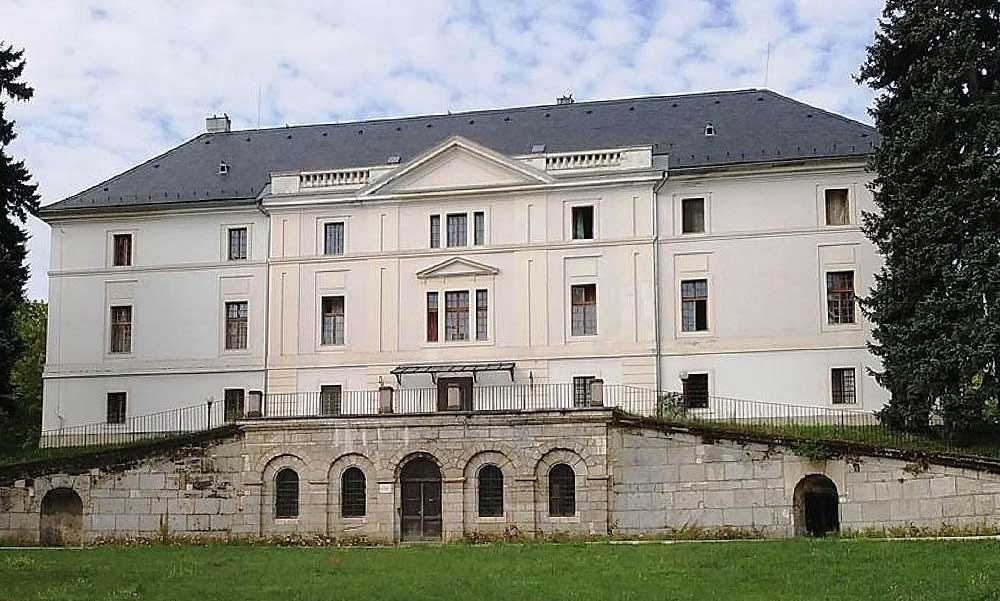
Mr. Kónya used every opportunity to appeal against the verdict, which is how the public learned about the clemency. He filed his final appeal to the Kúria (the supreme court in Hungary) simultaneously with a motion for clemency. The Kúria had a legal obligation to include the information about the clemency in its verdict. Clemency cases are not public, but court decisions are. Someone found it and sent it to 444, a Budapest-based independent media outlet.
The original scandal in 2016 was particularly nasty nationwide, so public outrage ensued when the information about the clemency emerged.
Orbán’s propaganda cycle
Orbán’s communications go in cycles. They try to find a theme for every season. There is a list of outside “enemies” (George Soros, his son Alexander, EU leaders, and the EU in general, migrants) and internal “enemies” (gays, liberals, pedophiles, non-patriotic internationalists (dog whistle for Jews).
Careful measuring and testing. They burn spectacular amounts of taxpayer money on polling to map the attitudes and anxieties. Then, they tailor the messages and test it with some low-reach influencers.
Orbán gives a speech. In this speech, he introduces the buzzwords for the next season. Sometimes he announces a national consultation. (see explanation)
The messages go on billboards; Orbán accepts the challenge of fighting the enemy of the season.
Orbán announces victory
In the last 14 years, the opposition was ineffective in breaking this cycle, partly because of their ineptitude and because Orbán’s budget is bigger by three orders of magnitude.
Contingency protocol
Disturbances usually appear when Orbán’s propaganda machine miscalculates something or when a black swan event happens. (I know, it’s not a true Black Swan; everyone hoped for a blunder to come).
In case of a blunder, no one panics. Every communication stops. Orbán and other leaders of the NER disappear for a week. They start a new cycle or adjust the running one. There is a protocol for this or at least a pattern we saw many times in the last 14 years. Normal operations usually resume after a week.
Not this time.
Fourteen days have gone by since the original article. The reaction was slow, but as the press reminded the general public about the exploits of the leaders of the Bicske orphanage, the scandal started to get traction.
Several factors made the situation bad for Orbán’s party.
Bicske (say bit**-keh) is the town next to Orbán’s homtown Felcsút (say: felchoot) where he built a stadium with a larger capacity then the population of the town. The village's name,is synonymous with Orbán’s clan.
As it turned out, Orbán’s brother, Győző, and the convicted felons were involved in a youth sports program. Journalists dug up articles touting the success of the youth wrestling program under the auspices of Mr. Győző Orbán and other prominent NER people. The Articles quickly disappeared, but it was too late.
It also turned out that Mr. Kónya hails from Transylvania, from the Székely Hungarian minority. Orbán sends billions there, and Székely people are presented here as inherently righteous good people, examples of being a good Hungarian.
Orbán’s frantic attempts to regain control
After some initial panic, the propaganda ministry of Antal Rogán (the “Rogán Works” in opposition parlance) started to react. But unlike in their planned cyclic operation, they had to improvise. First, they tried to go “no comment,” but the details of the original case (one child even committed suicide) kept the scandal going. Then they leaked a statement from Mr. Kónya on an anonymous Facebook page. The statement's tone further fueled the outrage, so it was later labeled as forgery but then again as genuine, then forgery again.
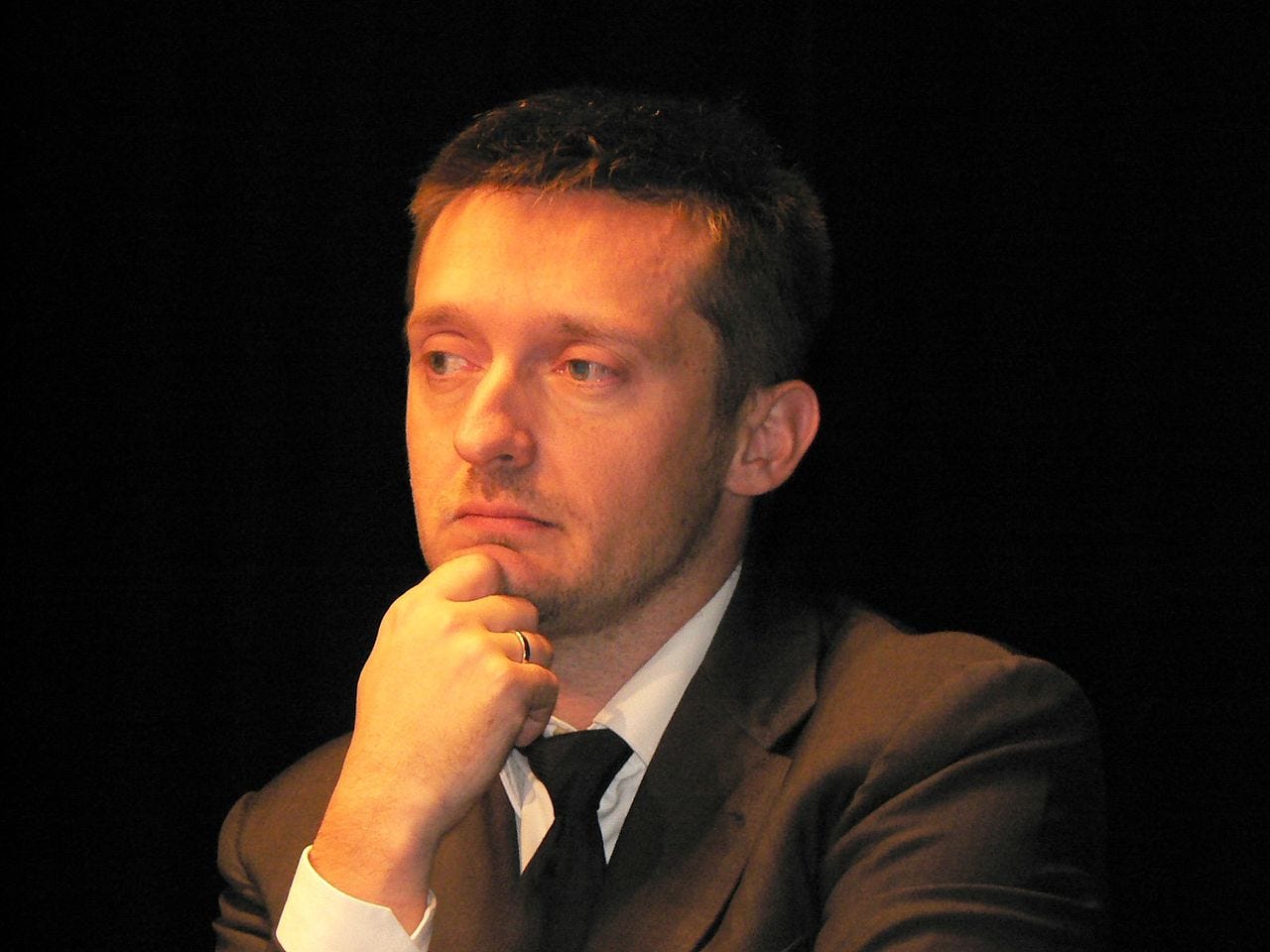
Viktor Orbán made a video message in which he tried to frame the case as a “dispute about clemency rights” and proposed an amendment to the Constitution to prevent clemency for child abuse. This idea never got traction. By this time, Katalin Novák had been called home from Qatar, where she had gone for an official visit.
Next, the Rogán Works tried to leak some details about how the pardon was granted to Mr. Kónya. But these leaks made it even worse because they showed this was not an accident.
Accidental pardon is not an option
Judit Varga, the Minister for Justice then, did not approve the clemency. Motions for clemency go through the Justice Ministry to the Sándor Palace with or without an initial stamp of approval. Then, after the President’s decision, they return to the ministry because the Minister has to countersign them or refuse to do so.
The fact that Judit Varga did not approve the clemency but later countersigned it shows that for some reason the original decision changed during the process. This suggests an outside actor.
Both Ms. Novák and Ms. Varga are known puppets of Orbán. No one thought that this happened on their own volition. Orbán ordered both of them to abdicate (Ms. Varga resigned some months earlier but was the top runner in the EU elections for Orbán’s Fidesz party), which they did.
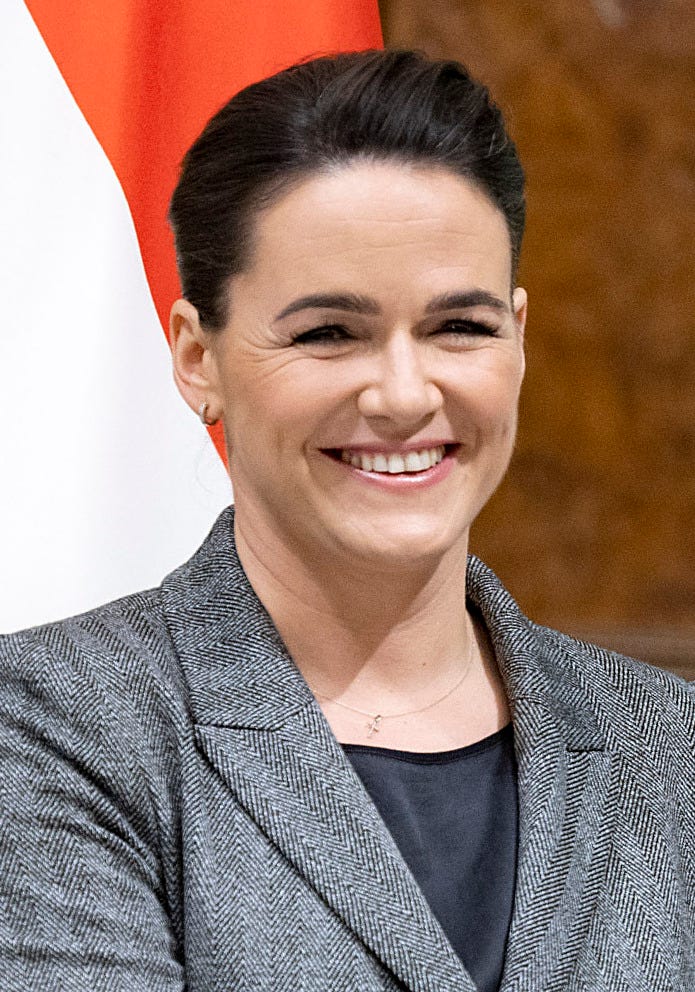

The Rogán Works started to frame this as two brave women who bravely face the consequences of their deeds. This was a weak idea, but very soon the ship ran on another mine.
There were two demonstrations on Friday, 9th February. No one expected these to be large, but 1500, maybe 2000 people showed up at the Sándor Palace, which housed the Office of the President. Here, some good speeches resonated well in the media. Victims and activists talked about the widespread child abuse problem in Hungary. A lawyer (me) dissected Orbán’s “constitutional” diversion.
Another mine goes off: The Péter Magyar interview
Ms. Varga's ex-husband, Péter Magyar, interviewed for Partizán, the most popular Hungarian YouTube channel. In this interview, he spilled a lot of tea on Orbán and mostly on Antal Rogán, clearly showing that neither his ex-wife nor the president acted on their free will.
Mr. Magyar is a very highly placed “aristocrat” within the NER. The interview blew up like a nuclear bomb. It was aired (streamed) on Sunday evening with more than a million live viewers. As a reminder, Hungary has a population of 9.5 million people, and 7.5 million have the right to vote.
The Church gets involved
Information came public about how Zoltán Balog, bishop and leader of the Hungarian Reformed Church, supported the clemency for Mr. Kónya. Bishop Balog is a former Minister of Human Resources. During his tenure, Ms. Novák served as undersecretary in the Ministry. Ms. Novák was known to be a protégé of Mr. Balog. Mr. Balog admitted that he recommended Mr. Kónya for clemency. But the Hungarian Reformed Church voted not to remove him from his positions. This of course, led to further outrage.
This is the situation at 15:00 CET on Wednesday.
There is a smaller demonstration tonight and a major one on Friday. The latter is organized by YouTubers and other influencers, with a large following among the younger and politically passive Hungarians.
Saturday will mark the 20th day of the scandal, the most prolonged period in the last 14 years where Orbán couldn’t control public discourse in Hungary. And in June, Hungary will have EU and municipal elections…Orbán must steer free from mines and quickly.





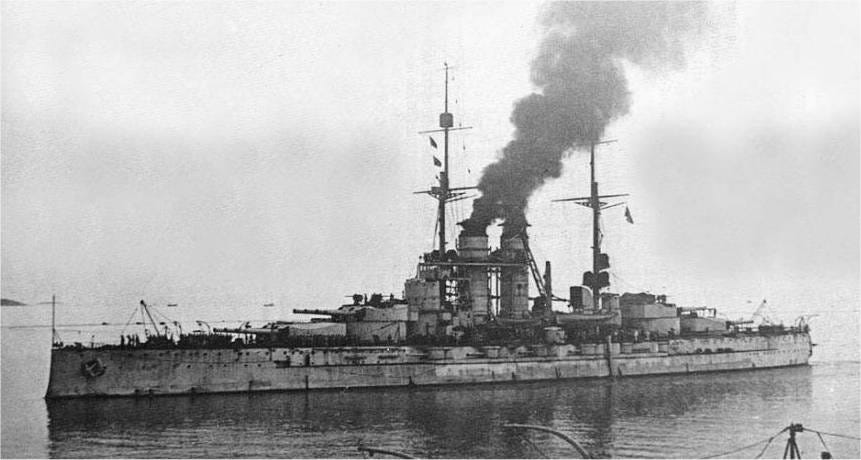

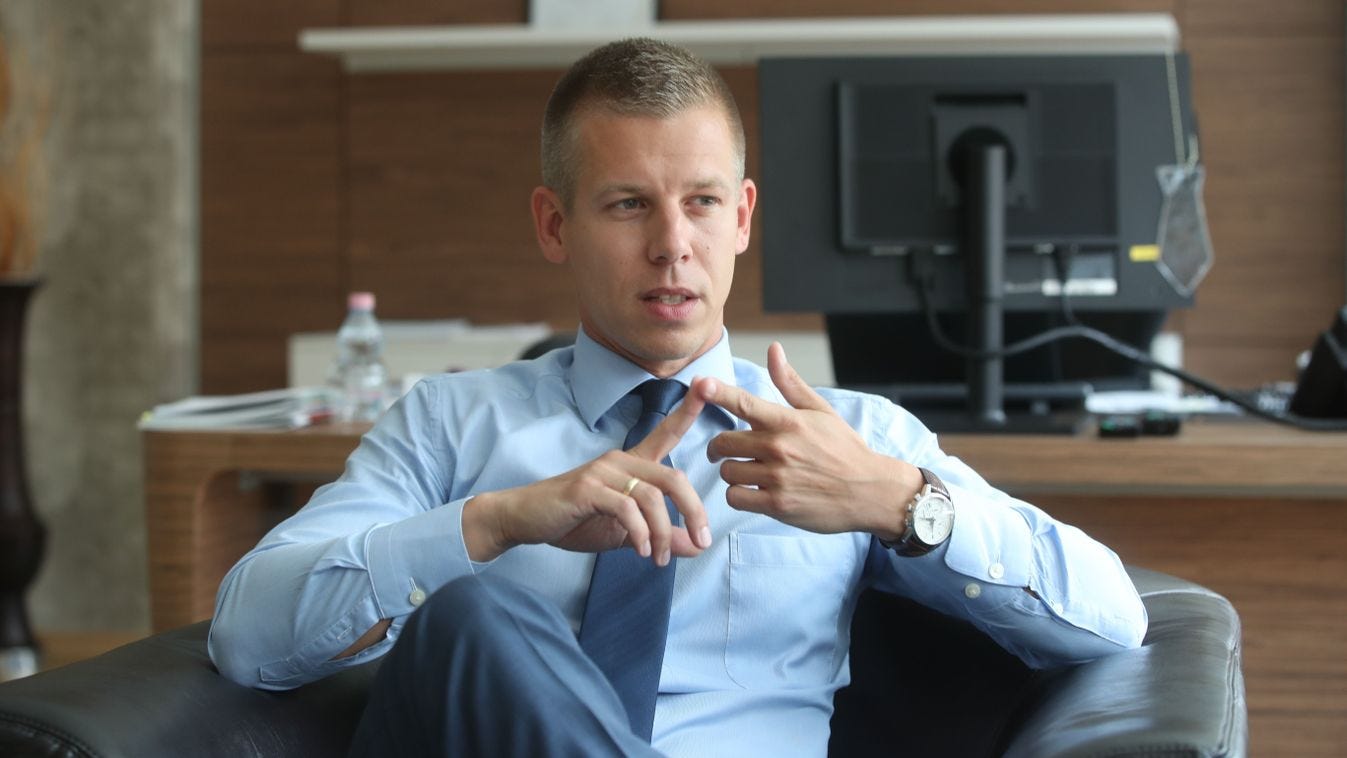
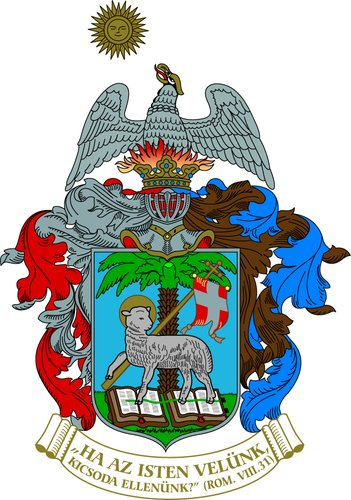
"He filed his final appeal to the Kúria (the supreme court in Hungary) simultaneously with a motion for clemency. The Kúria had a legal obligation to include the information about the clemency in its verdict. Clemency cases are not public, but court decisions are. Someone found it and sent it to 444, a Budapest-based independent media outlet."
Thanks for the precise details above!